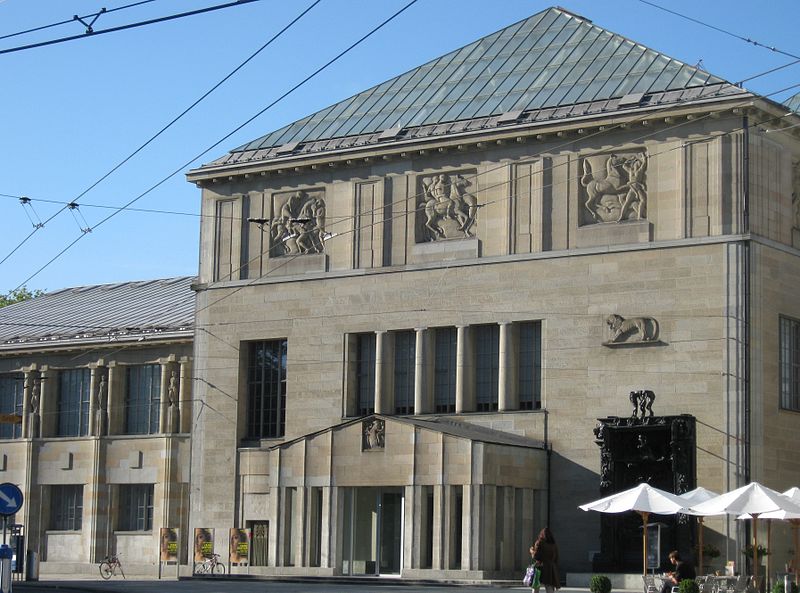
Historian Raphael Gross has raised concerns about the thoroughness of provenance research conducted by the E.G. Bührle Collection Foundation. His independent investigation found that more
detailed research is necessary, especially regarding the artworks' Jewish owners during World War II.
Gross, president of the German Historical Museum, and his team critically reviewed the Bührle Foundation’s research efforts. This investigation was commissioned by the city and canton of Zurich, along with the Zürcher Kunstgesellschaft, the organization overseeing Kunsthaus Zürich, where many pieces from the Bührle Collection are displayed. On Friday, Gross presented his findings.
Gross concluded that the Bührle Foundation’s current provenance research is insufficient. He emphasized the need for additional research to meet the standards set by the Kunstgesellschaft Zürich and the city and canton of Zurich, which provide funding.
The study's primary recommendation is to intensify efforts to clarify the previous Jewish ownership and persecution-related confiscation of artworks in the Emil Bührle Collection. Gross also advised the Zürcher Kunstgesellschaft to establish a committee to develop a review process for artworks seized during the Nazi era, applicable to both the Kunsthaus Zürich’s own collection and its permanent loans.
Additionally, the Zürcher Kunstgesellschaft is encouraged to reconsider the name "Emil Bührle Collection." The collection, amassed by the arms dealer between 1936 and 1956, includes 633 works, many of which had Jewish owners during World War II and entered the collection directly or through intermediaries.
Gross stated, “Without the persecution of the Jews, the Bührle Collection would never have come into being.” He highlighted that the collection is an integral part of both Swiss and Jewish history.
The investigation delved deeply into the provenance of five artworks from the collection, uncovering previously unknown details. While the Foundation has documented Jewish ownership in 41 cases, Gross's team identified about 20 additional cases where Jewish ownership and a change of ownership between 1933 and 1945 are likely. Gross stressed that only through new research can the historical context of these works be accurately presented.
The city, canton, and Kunsthaus Zürich announced in a press release that they will analyze the findings and provide further comments in mid-July. The Bührle Collection recently removed five works from the Kunsthaus following a reassessment and plans to seek solutions with the descendants or legal successors of the former owners. Photo by Evacc, Wikimedia commons.



































